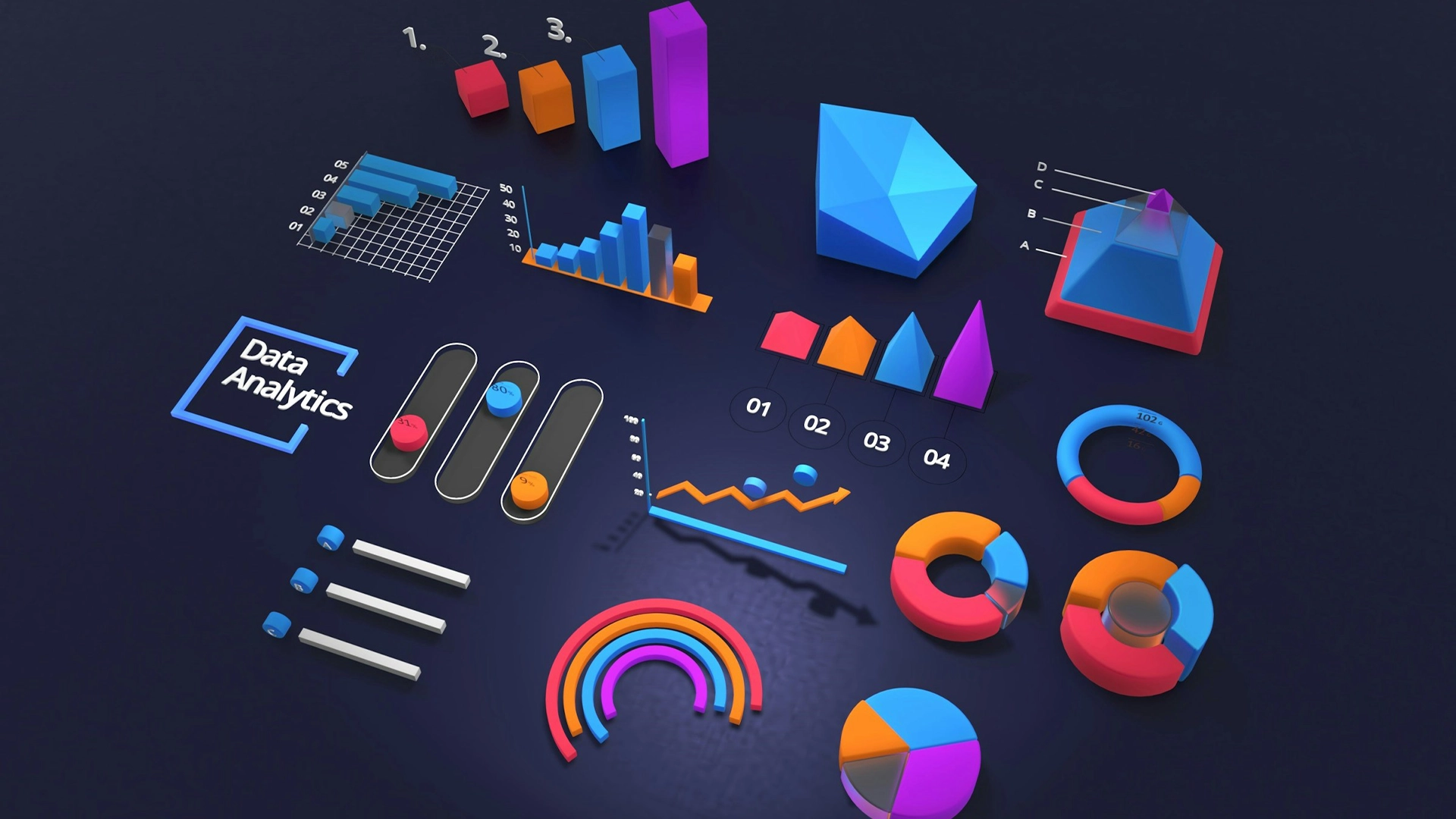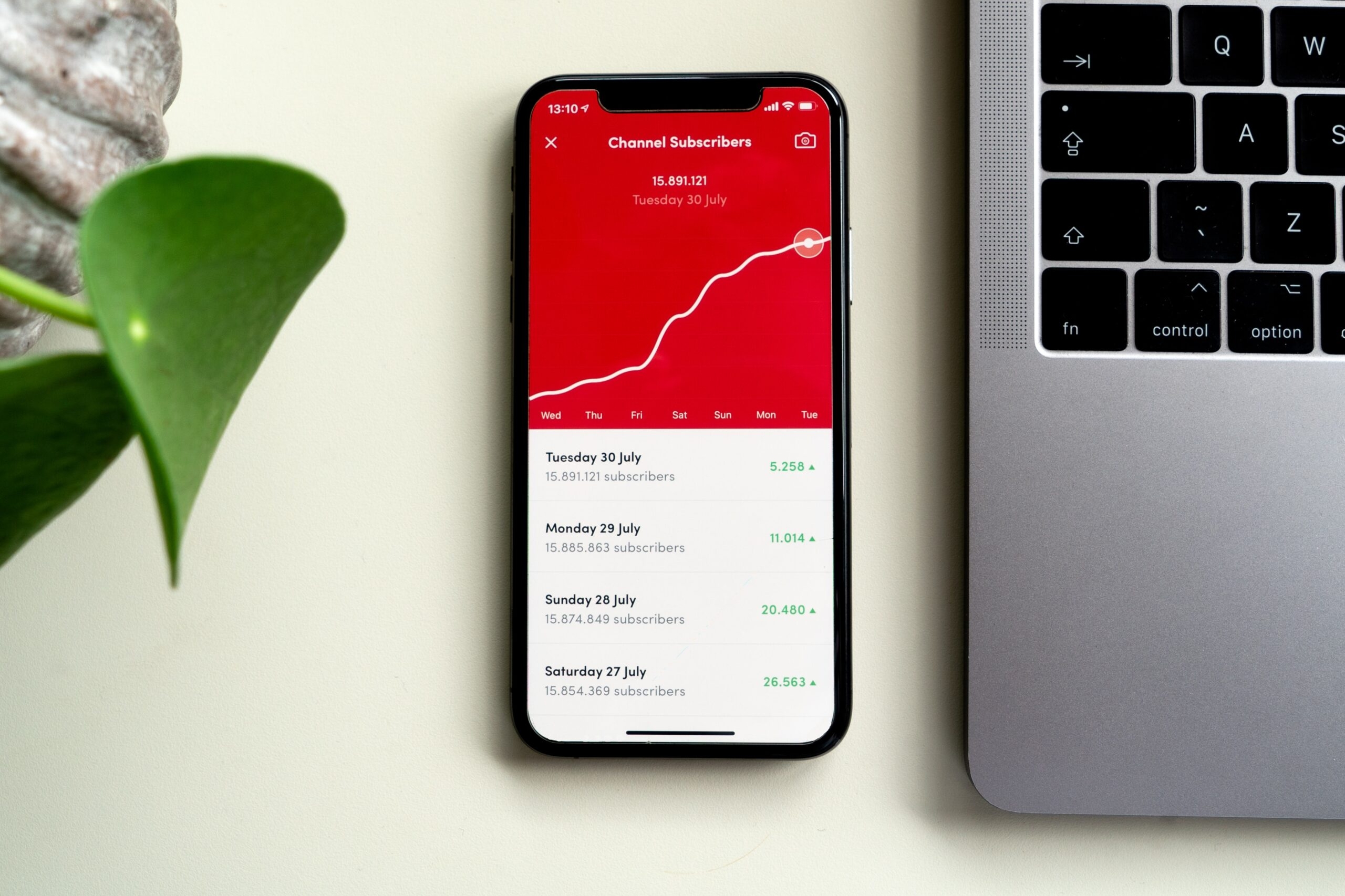The Power of Predictive Analytics in Marketing: Turing Data into Revenue
Data analytics alone is not enough to drive marketing success and even give marketers the right information they need to make key decisions. The real value lies in marketers ability to transform this data into actionable insights and useful information that can be used to predict future customer behaviour. Data collected from a variety of data points and sources can be analysed to guide strategic decision-making across your marketing efforts. This is where predictive analytics comes in to play.

What is Predictive Analytics?
Predictive analytics involves using historical data taken from your business or website, statistical algorithms, and machine learning tools to identify the likelihood of future outcomes and scenarios based on previously captured data.
By analysing the patterns and trends within that data set, predictive analytical tools can be used to forecast future customer behaviour, identify potential risks in the market, and uncover possible opportunities that might otherwise go unnoticed by your employees or existing research.
How Predictive Analytics is Transforming Marketing
1. Customer Segmentation and Targeting
Predictive analytics allows marketers to segment their audience more effectively by identifying distinct and highly specific target groups based on behaviors, user preferences, and customer demographics. Alongside this, other data such as purchase history or customer engagement can also be utilised to segment your customers more effectively.
This enables business to run highly targeted marketing campaigns and advertisements that resonate with specific audience segments, improving conversion rates. This also helps to create better and more targeted customer personas to target your customers needs more effectively.
2. Personalised Marketing Campaigns
By analysing individual customer data and behaviour, predictive analytical tools can be used to create detailed customer profiles and predict their future behavior.
This is particularly useful to marketers as it allows them to tailor their marketing campaigns with personalised messaging and personalised offers, enhancing customer experience and loyalty. For example offering a customer a discount voucher for your online store on their birthday through an email.
3. Customer Lifetime Value (CLV) Prediction
Predictive analytics can also be used estimate the lifetime value of individual customers, which is often difficult when trying to analyse vast amounts of data sets manually.
This can be achieved by analysing your customers past interactions with your business across all channels and their previous purchase history. This helps businesses identify high-value customers and allocate marketing resources and spend to build relationships with these customers to maximise long-term profitability.

4. Churn Prevention
Predictive analytics models can be utilised to identify signs of potential customer churn. This is achieved by analysing behavioural data such as purchase frequency, engagement levels, and customer service interactions to try to predict the likelihood that the customer will continue to engage and buy from you.
Early identification of these types of risk and alerting businesses to at-risk customers early on, allows businesses to implement retention strategies before it’s too late and they lose their customer for good.
5. Optimal Pricing Strategies
By analysing different market trends, competitor pricing strategies, competitor websites, and customer purchase behavior, predictive analytics can help businesses develop adaptive pricing strategies that maximise revenue and competitiveness.
This ensures businesses can adapt to changes within the market and price their products or services more effectively and in line with their competition.

Implementing Predictive Analytics in Your Marketing Strategy
1. Data Collection and Integration
The first step you need to take is to gather and integrate data from various sources such as your CRM, email marketing, social media platforms, website analytics, advertising analytics and sales data.
Ensuring data quality and consistency is vital for accurate predictions, and gathering data from a range of sources helps to give a more accurate view.
2. Choosing the Right Tools and Technologies
There are numerous tools and platforms available for marketers which allow them to conduct predictive analysis, ranging from open-source platform like R and Python to commercial solutions from the likes of IBM Watson, SAS, and Microsoft Azure. Selecting the right tool depends on your business needs, technical expertise, and budget. So chose wisely!
3. Building and Training Predictive Models
Data architects and analysts build predictive analytical models using machine learning algorithms and code. These models are trained on historical data to recognise certain patterns and trends to then make predictions based on this data. Regularly updating and refining these models ensures their accuracy and relevance to market changes and new data entering the system.
4. Integrating Insights into Marketing Strategies
The insights generated by predictive analytical tools should be seamlessly integrated into your marketing strategy by informing key decisions through shedding light on areas of customer behaviour, marketing activities driving traffic and trends which will allow you to achieve greater ROI.

Real-World Examples
1. Netflix utilises predictive analytics to enable the platform to recommend shows and movies to its users, significantly increasing viewer engagement and satisfaction with their service.
2. Amazon employs predictive analytics across its platform for personalised product recommendations and offers, which account for a substantial portion of its sales and repeat purchases.
The first step you need to take is to gather and integrate data from various sources such as your CRM, email marketing, social media platforms, website analytics, advertising analytics and sales data.
Ensuring data quality and consistency is vital for accurate predictions, and gathering data from a range of sources helps to give a more accurate view.
Conclusion
Predictive analytics has the power to turn raw data into insight gold dust by providing deeper insights into customer behaviour and market trends based on extensive analysis. As technology continues to rapidly advance, the potential of predictive analytics in marketing will only continue to expand, pushing the boundaries of what’s possible and helping to drive decision making. Predictive analysis also offers businesses new opportunities to stay ahead of the competition and outperform their peers.
More interesting content...
Like this story? Share it on your social media...
For more of the latest content, why not subscribe to our mailing list...






